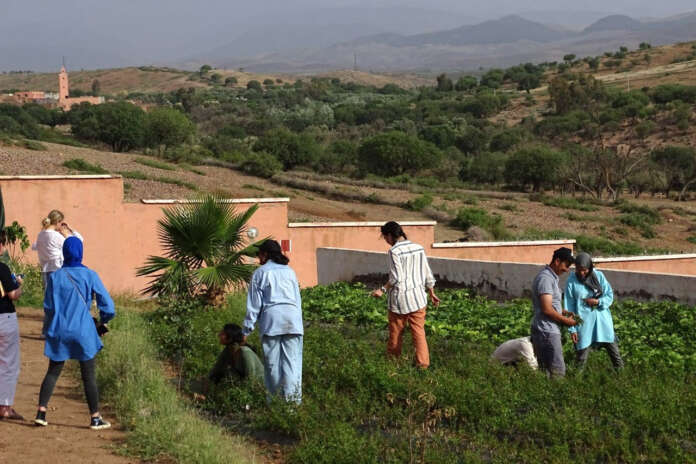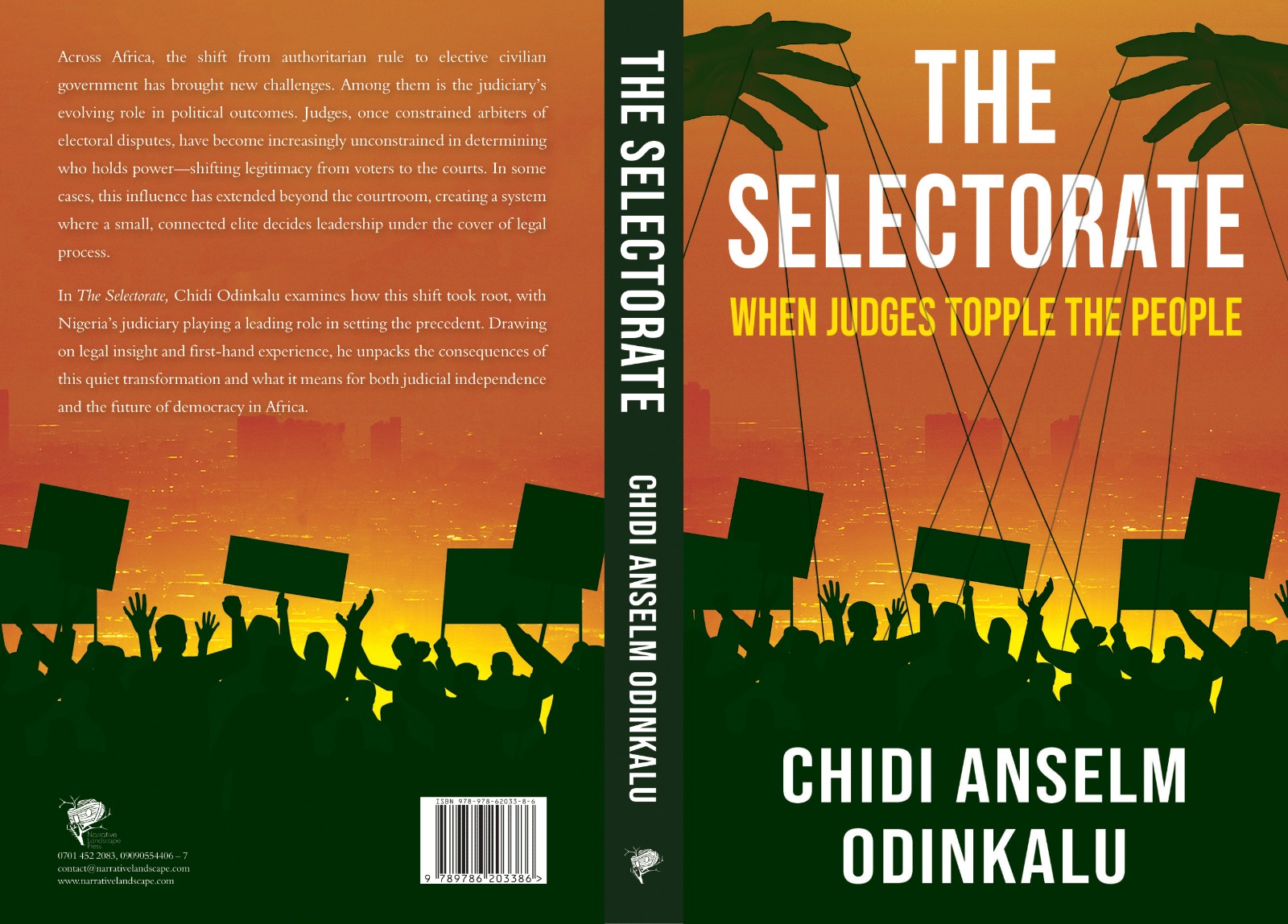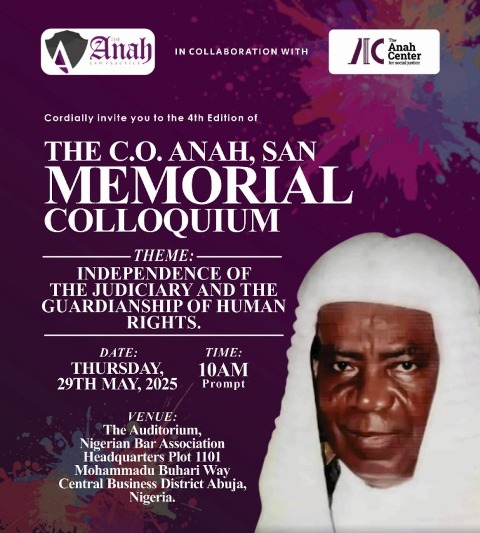| A talk by Yossef Ben-Meir, President of the High Atlas Foundation in Morocco, at the Integrated Management of Cultural Tourism Conference on 11 June 2024 hosted by Egypt’s Ministry of Tourism and Antiques and the United States Agency for International Development The High Atlas Foundation (HAF) has initiated a positive intercultural and development project that is now gaining scale, and we have been able to secure domestic and international public and private investment for it. How, in the community’s determination of development priorities, can we simultaneously interject matters of interfaith partnerships and cultural preservation? It begins with human development and participatory planning among the beneficiaries. HAF, a U.S.-Moroccan nonprofit organization, is dedicated to community development and supports the projects that local people identify as most important to them. So naturally, as agriculture in Morocco accounts for 80 percent of rural incomes, we focus heavily on that sector. Clean drinking water also continues to remain a priority of the people, along with irrigation systems, family literacy, and cultural preservation. Based on our expertise in assisting communities to identify and discover what they want most of all in their lives, HAF initiates programs based on the specific priorities expressed by community members and then builds partnerships to achieve them. We launch this process with a four-day empowerment exploration process that brings about a sense of priorities and an action plan reflecting the will of what local communities want to achieve in their futures. However revelatory, this process is also an intense emotional experience that brings the people to that outcome. Participants look at the social relationships in their lives and the things they feel doubt and fear about. They look at their inner emotions and outlooks about money and work, all things that bear upon people’s ability and determination in knowing what they want and pursuing what they most seek. The conditions of rural life in Morocco underscore the necessity of growing fruit trees. The contribution of land is what prevents farming families across the nation from building community nurseries for cultivating young trees. They cannot set aside a portion of their land normally used for growing barley and corn in order to grow a seed into a sapling. They must harvest every year. HAF seeks the contribution of land from public and civil agencies. In doing the kind of process described, we found land available next to an historic Moroccan Jewish cemetery, about 30 minutes outside of Marrakech, and we asked the Moroccan Jewish community for permission to use the land to build a people’s tree nursery. That inquiry began what is now a heritage initiative gaining broader and broader scale, called our House of Life program. We were not necessarily seeking heritage and an intercultural partnership but rather pursuing the will of the people first: the people wanted trees most of all. The Moroccan Jewish community said yes to the land, which happens to be adjacent to a 700-year-old cemetery. In this case, the nursery now generates over 70,000 trees (olive, fig, and pomegranate) each year, and it has been an ongoing project for about ten years. The USAID Farmer-to-Farmer Program was very important in this pilot in building local people’s technical skills in nursery management. As the nursery began to take hold, HAF engaged not just with those immediately surrounding the nursery but with communities in the region. Similarly, the four-day empowerment experience began with women’s groups in the nearest villages, supported by the the U.S. Department of States Alumni Engagement Innovation Fund. These communities identified, based on their tradition and the skills that they have gained from their previous generations, the desire to make carpets and other clothing articles derived from their cultural history and as symbols of their cultural past. They dye wool from their sheep using medicinal plants that grow endemically in the area. Now, in the interim, the engagement with communities has continued and expanded. The nursery serves a broader region, and the community dialogue around new priorities and implementation of their dreams is ongoing. Of course, a pervasive issue that we have in rural Morocco is clean drinking water. We have municipalities where many girls fetch water instead of going to middle school. We have a terrible prevalence of water-borne diseases. We have higher infant mortality in rural places. To address the widespread priority of clean drinking water with partners, in this case Yves Saint Laurent Fashion, we implemented clean drinking water initiatives and integration of irrigation infrastructure utilizing clean energy, including a solar water pump system for the nursery financed by the Moroccan company, FENELEC. From these projects, the community is in a position to enable even greater tree planting. The other investment that we secured was connecting the 700-year-old cemetery with a road, about a kilometer in length, to the women’s co-op so that visitors of the cemetery can also visit the cooperative. Again, there are layers to this process. It began with an intercultural partnership for community planning and then moved towards cooperative building driven by women making carpets of local materials and designs based on their heritage. This empowerment then allowed for developments in clean drinking water, irrigation, and fruit tree planting. HAF with Reforest is now in the process of supporting the community’s planting of 23,000 olive trees. The High Atlas Foundation, with a full-time staff of nearly 100 people, is currently supporting nine nurseries in Morocco that house over 3.2 million trees. Just this season, we have transplanted 800,000 and we have monitored about 820,000, including trees from prior years. This is a pilot within a broader program, including the newly added overlay of tree monitoring for carbon offset credits. Now, in addition to receiving land from the Moroccan Jewish community, we have also received land from the Moroccan government and the National Agency of Waters and Forests for tree nurseries. From this pilot creating these layers of human development with a cultural gateway, the number of visitors has grown beyond what we could have imagined. Since the start of 2023, visitors from some 40 universities (Moroccan, U.S., and European) have toured this pilot site and engaged in intercultural dialogues with the community members. Starting in 2021, HAF administered the USAID Dakira program for cultural preservation in Morocco, and these dialogues meet this initiative’s goals. We have been visited by dozens of tourist groups, because, if people have half a day and have not had the experience of a genuine rural community visit to learn about rural life conditions, here lies this pilot just outside of Marrakech where they can see and internalize Moroccan culture, Moroccan agriculture, matters of public health related to water, and school infrastructure. In a single location, visitors can see all of these different dimensions of broad-based community development. The more people that are drawn to this experience, the more advocacy and public awareness that comes about, encouraging even more to visit. Income generated by the Achbarou Women’s Cooperative from selling carpets and other goods to visitors keeps their families financially afloat. The European Union funded Achbarou’s family literacy program and other essential skills-building activities. In some cases, the women’s supplemental income has more than doubled the overall household income for the families. With some further investment by the Moroccan government’s National Initiative for Human Development (NIHD) and Planeterra, the cooperative has been able to reinvest revenue from their entrepreneurial efforts into the purchase of land to build a new workplace and storefront facility. Without the scores of visitors from universities and tourism, this would not have been possible. The Moroccan government, which for generations has prioritized Moroccan multiculturalism, saw this opportunity. Now, every time we replicate—we are currently building the fourth of such intercultural tree nurseries—the Moroccan government, through the NIHD, puts $50,000 into that nursery. In short, the Moroccan government funds a tree nursery on Moroccan Jewish community land for the greater public of that region. The regions and areas described are not ones that are typically visited by outside groups. Through this process, it brings people to places where visitors are not going. There may be pilgrims to the Jewish cemeteries, but they will not typically go into the surrounding villages and meet the members of cooperatives or initiatives. Their visits are limited to the cemeteries and typically at only at certain times of the year such as the anniversary of the passing of some of the recognized saints in Moroccan Jewish-Muslim-Amazigh culture. These are also very rare visits, and so what we have to do is expand the desired travel destinations of those coming to Morocco. The policy context of Morocco has created the opportunity for organizations like the High Atlas Foundation and cooperatives like Achbarou to learn and pursue local hopes, with the support of all sectors and tiers, and in pursuit of scale. Even still, the actual achievement comes with an enormity of expended energy and time, withstanding trials such as the 2023 earthquake, and with the loving heart of the Moroccan people to unite across their diversity of identities as they have done for centuries. Dr. Yossef Ben-Meir is President of the High Atlas Foundation in Morocco. |
| |





